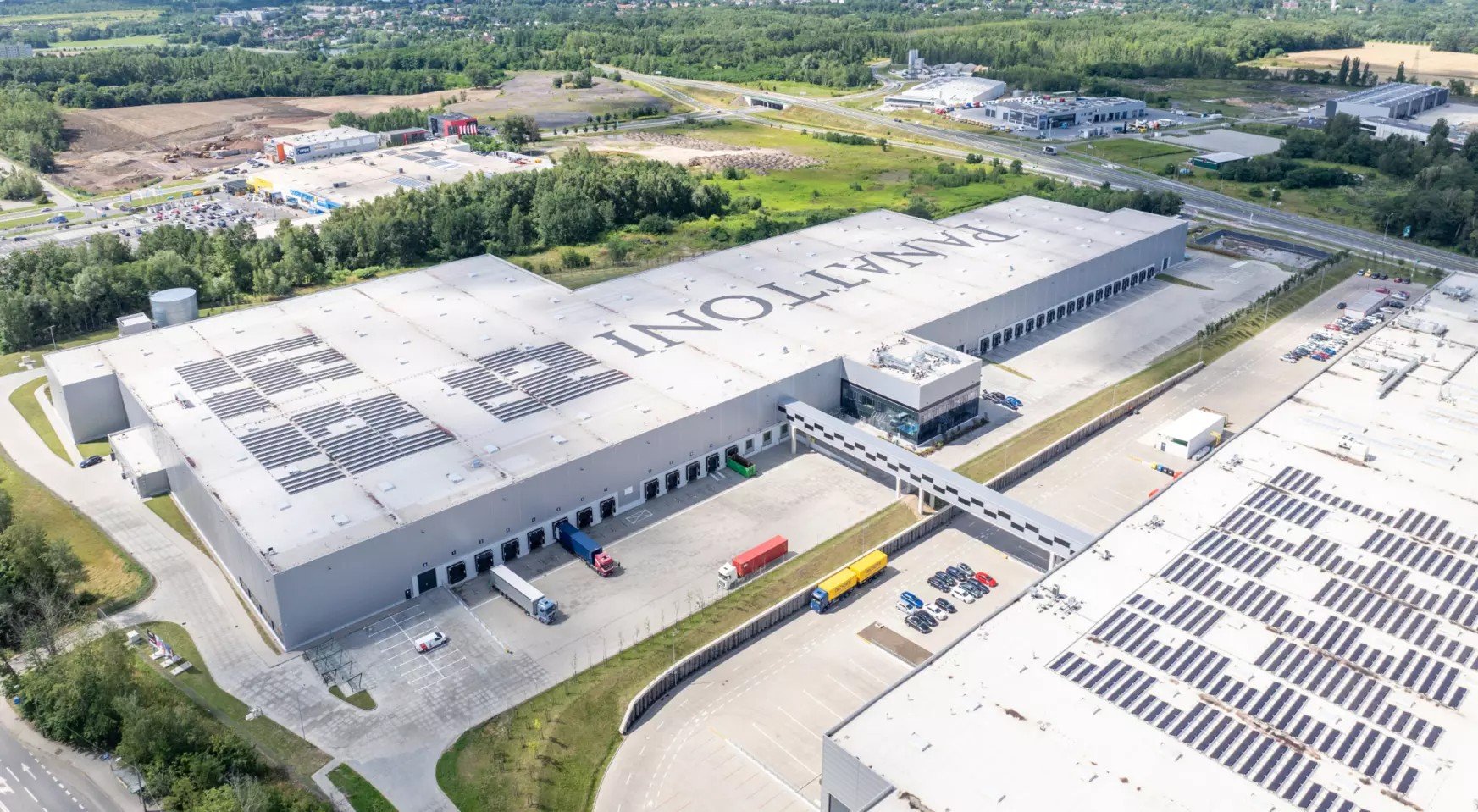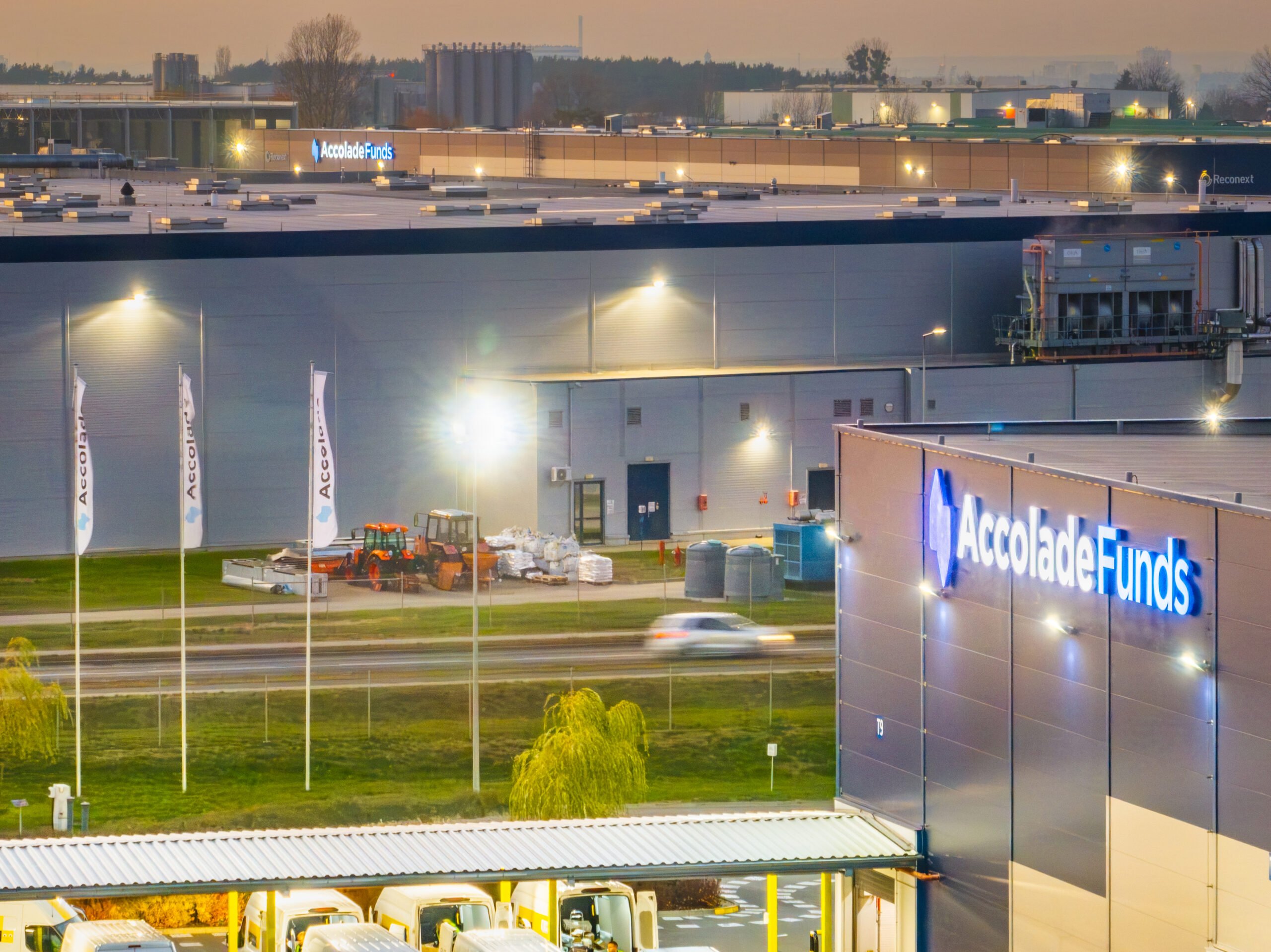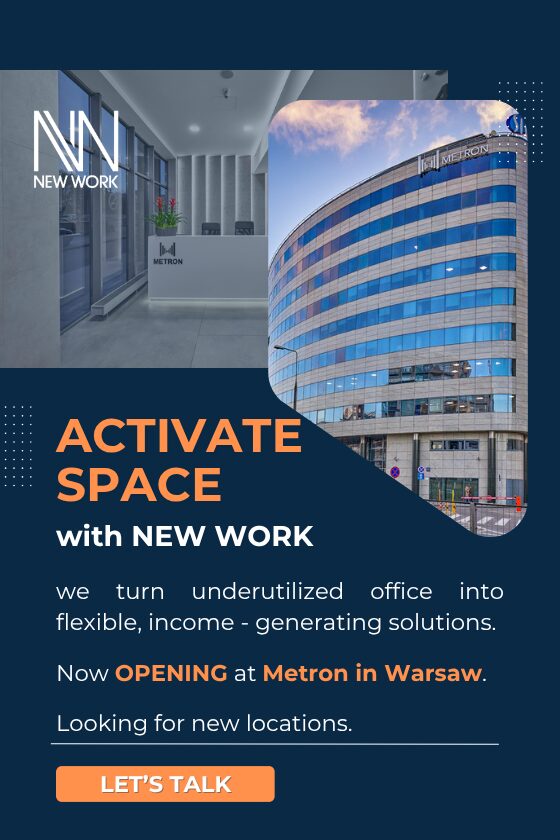
Total take-up doubles on the Romanian industrial market in Q2 2019 – EuropaProperty
More from Warehousing, Logistics and Industrial
Warehousing, Logistics and Industrial
CTP signs lease with Procter & Gamble for 37,000 sqm flagship facility in Prague
CTP has signed a major lease agreement with global consumer goods company Procter & Gamble (P&G) for a new, 37,000 sqm logistics and production facility at CTPark Prague North....
Warehousing, Logistics and Industrial
Elhurt Plus completes sale of logistics project to DL Invest Group
Warehousing, Logistics and Industrial
Global Vision Investment Fund signs a financing agreement with BCR
Global Vision Investment Fund, an investment and real estate development platform founded by the Global Vision group, has signed a financing agreement with Banca Comercială Română (BCR) for the...






